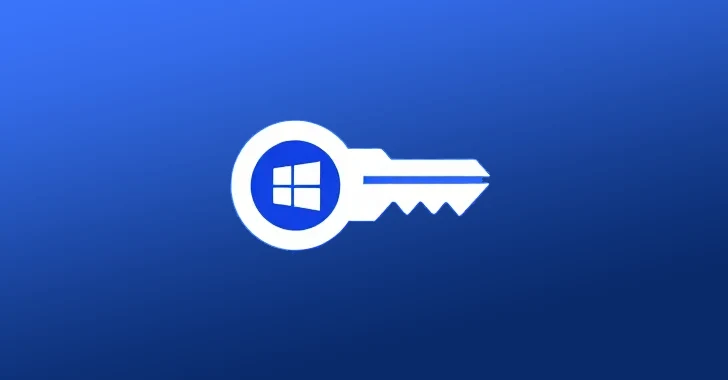Microsoft’s WSUS Patch Disrupts Hotpatching on Windows Server 2025
In October 2025, Microsoft released a security update to address a critical vulnerability in Windows Server Update Services (WSUS), identified as CVE-2025-59287. This flaw allowed remote code execution, posing significant risks to enterprise update infrastructures. However, the update inadvertently disrupted the Hotpatching functionality on certain Windows Server 2025 systems.
Understanding the Vulnerability
CVE-2025-59287 is a critical security flaw in WSUS that enables unauthorized attackers to execute arbitrary code over the network. This vulnerability stems from the deserialization of untrusted data within a legacy serialization mechanism. Given its severity, Microsoft promptly released a patch on October 23, 2025, to mitigate the risk.
The Hotpatching Disruption
Hotpatching is a feature in Windows Server 2025 designed to apply security updates without requiring system reboots, thereby minimizing downtime. The October security update was initially deployed to all Windows Server 2025 machines, including those enrolled in the Hotpatch program. This deployment led to unintended consequences:
– Impact on Hotpatch-Enrolled Systems: A subset of devices, particularly physical servers and virtual machines (VMs) enrolled in Hotpatching, received the update before Microsoft identified the issue and halted its distribution. These systems experienced disruptions in their Hotpatching capabilities.
– Temporary Suspension: To prevent further complications, Microsoft restricted the update to non-Hotpatch systems. As a result, devices enrolled in Hotpatching were left without the critical WSUS vulnerability fix, necessitating alternative solutions.
Implications for Enterprise Environments
The disruption of Hotpatching functionality has several implications for organizations:
– Increased Downtime: Systems that rely on Hotpatching to apply updates without reboots now face potential downtime, affecting business continuity.
– Security Risks: Delays in applying the WSUS vulnerability patch expose networks to potential exploitation, especially in sectors like finance and healthcare that require uninterrupted server operations.
– Operational Challenges: Administrators must navigate the complexities of managing updates manually, increasing the risk of errors and oversight.
Recommended Workarounds and Solutions
Microsoft has provided guidance for affected systems:
– For Systems That Installed the Faulty Update: These devices are temporarily removed from the Hotpatch track and will not receive November or December hotpatches. Instead, they will receive standard monthly security updates that require restarts. A planned baseline update (KB5066835) in January 2026 will realign these systems, with Hotpatching resuming in February 2026. Administrators should monitor update histories via Windows Update logs to confirm status.
– For Systems That Downloaded but Haven’t Installed the Update: Administrators can avoid disruption by navigating to Settings > Windows Update, pausing updates, then unpausing and rescanning. This action triggers the corrected version, preserving Hotpatch eligibility.
– For Unaffected Hotpatch-Enrolled Systems: These systems will receive the WSUS fix through a layered approach. Starting October 24, 2025, they will receive the security update KB5070893 on top of the October baseline (KB5066835). This combination delivers the CVE-2025-59287 mitigation without disrupting the Hotpatch schedule, ensuring users stay on track for November and December releases. Notably, only WSUS-enabled machines will require a post-install restart, minimizing broader impact.
Broader Context and Industry Response
This incident underscores the challenges of deploying zero-downtime updates in complex, hybrid cloud environments. WSUS serves as a central hub for patch management, and any disruption can have cascading effects on enterprise operations.
Security experts emphasize the importance of timely patching to mitigate vulnerabilities like CVE-2025-59287. Delays can expose networks to exploitation, particularly in industries that rely on continuous server operations.
Microsoft’s rapid response to halt the faulty update and provide detailed guidance reflects the delicate balance between speed and stability in patch cycles. Administrators are advised to stay informed through official channels and apply recommended workarounds promptly.
Conclusion
The disruption caused by the October 2025 WSUS security update highlights the complexities inherent in maintaining secure and stable enterprise environments. While Hotpatching offers a valuable tool for minimizing downtime, unforeseen issues can arise, necessitating swift action and adaptability from IT administrators. By following Microsoft’s guidance and implementing the recommended workarounds, organizations can navigate these challenges and maintain both security and operational efficiency.



